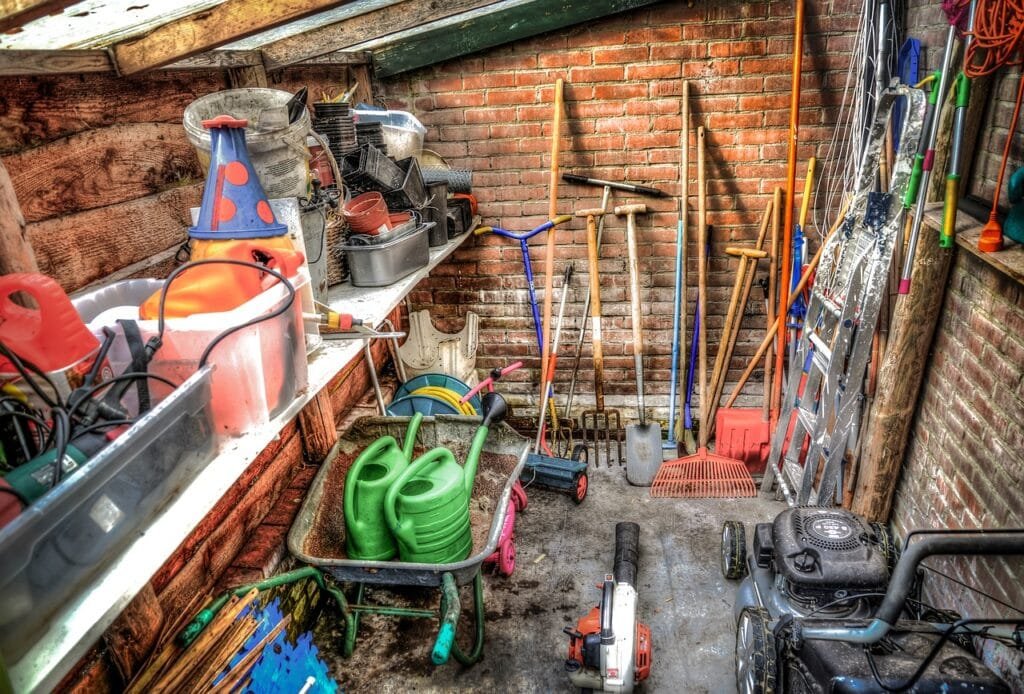
“You’ll Own Nothing and You’ll Be Happy,”
A statement in an essay by Danish MP Ida Auken sparked countless debates about a dystopian future looming on the horizon. Yet we all tend to agree now that there is some truth behind the undeniable trend of accessing things for use without owning them.
Be it, lending a helping hand or letting your neighbor borrow your lawnmower, sharing has been an integral part of society and communities for a long time. From the humble library accessible to anyone to bustling online portals like Airbnb and Uber show us every day that there is a demand for “sharing instead of buying.” But what happens when this concept is applied to things other than books or expensive assets? And more importantly what type of goods can this be applied effectively?
Under the broad umbrella of circular economy, we talk about sharing as one of the most preferred strategies to increase the utilization of existing products that are manufactured. The idea is to avoid the production of another item by making the product accessible to a broader community other than the owner, and almost wholly avoiding the resource and energy footprint that would have otherwise been spent.
On the other hand, sharing is the cornerstone of a collective community helping one another. Being a valued partner to share and hence contribute to consolidating strengths to make up for shortcomings of the society, so that the broader society can collectively prosper leads to equity in distribution.
So, what items are usually more suitable to borrow than buy?
The answer is almost anything that you do not use on a regular basis. In general, items that have

Save money by paying a fraction of the purchase cost
Buying a tool or equipment is at times expensive, particularly when the item will be used at a low frequency. Items such as lawnmowers, drills, and garden sheers can be borrowed for a fraction of the price of buying new.
Ensure items get a full life of use
Some tools we buy are used once or twice and are then left to collect dust in the garage or attic. Going to a borrowing system will ensure that these items will be used by those that require them.
Reducing over-manufacturing leading to de-materialization
As more tools and equipment are borrowed when needed, it will avoid manufacturing another, saving the environmental footprint associated with the process. Now, to answer the question of whether the manufacturers will run out of business due to this – not really. Manufacturers may need to shift to different revenue models where they can charge per use rather than charge for purchasing the product. With higher accessibility, we can expect that the need for services will rise, so it would a different mode of revenue generation for manufacturers, rather than a reduction.
Free up space in homes
As we move into living in more dense and smaller houses, storage space becomes quite the issue. When, we have large equipment we seldom use, hogging up our space, it becomes inconvenient. Borrowing this equipment when needed and freeing up space is less hassle in the long run.
Knowing that you would use the item for a shorter time will enable borrowing items you would not usually buy. One such example is the toy slide/toy truck in the picture, which I personally would not consider buying as it occupies a lot of space but wouldn’t mind borrowing from a toy library for my son to play with for 2 weeks.
Libraries for books have been in existence since the 7th century BCE. As way back as 1943, tools and equipment libraries have been operational. The first of these libraries opened in Grosse Pointe, Michigan, where they offered a collection of tools for the use of the community due to the scarcity of tools during the war. Over the years organizations like library of things and the thingery have opened worldwide to offer similar services.
With the concept of the circular economy gaining wide attention, it is never a better time to broaden the use of the concept and to do it more often, not just for the environment or to optimize resource use, but for community benefits at large